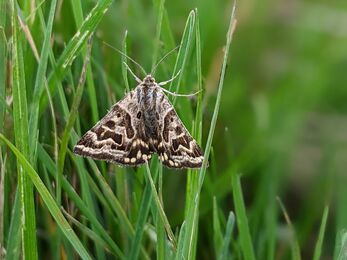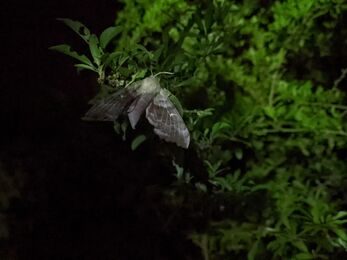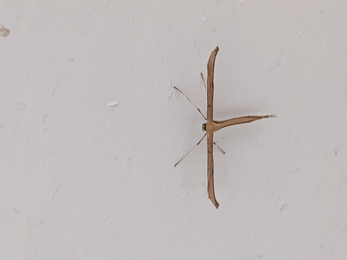For whatever reason, moths get a bad reputation – one survey found that over two thirds of people in the UK have a negative opinion of moths. They are often overshadowed by their showier butterfly cousins, yet moths can be just as beautiful, if not more so. Just take the small elephant hawk-moth with its bright pink fur, or the striped jersey tiger moth.
Not all moths have to be bold to be beautiful though; some stand out for their mimicry. The lichen button moth hides in plain sight with its incredible imitation of lichen-covered tree bark, while the common plume moth rests with its wings tightly rolled, resembling a twig.
Moths are not only beautiful and misunderstood, they are also numerous. Around 59 species of butterflies exist in the UK, compared to over 2,500 different moth species. Each one is perfectly adapted to its environment, like the broad-bordered bee hawk-moth, which mimics bumblebees to protect itself from predation. Or the hummingbird-hawk-moth, which can beat its wings up to 80 times per second to help it dart from flower to flower collecting as much nectar as possible.









